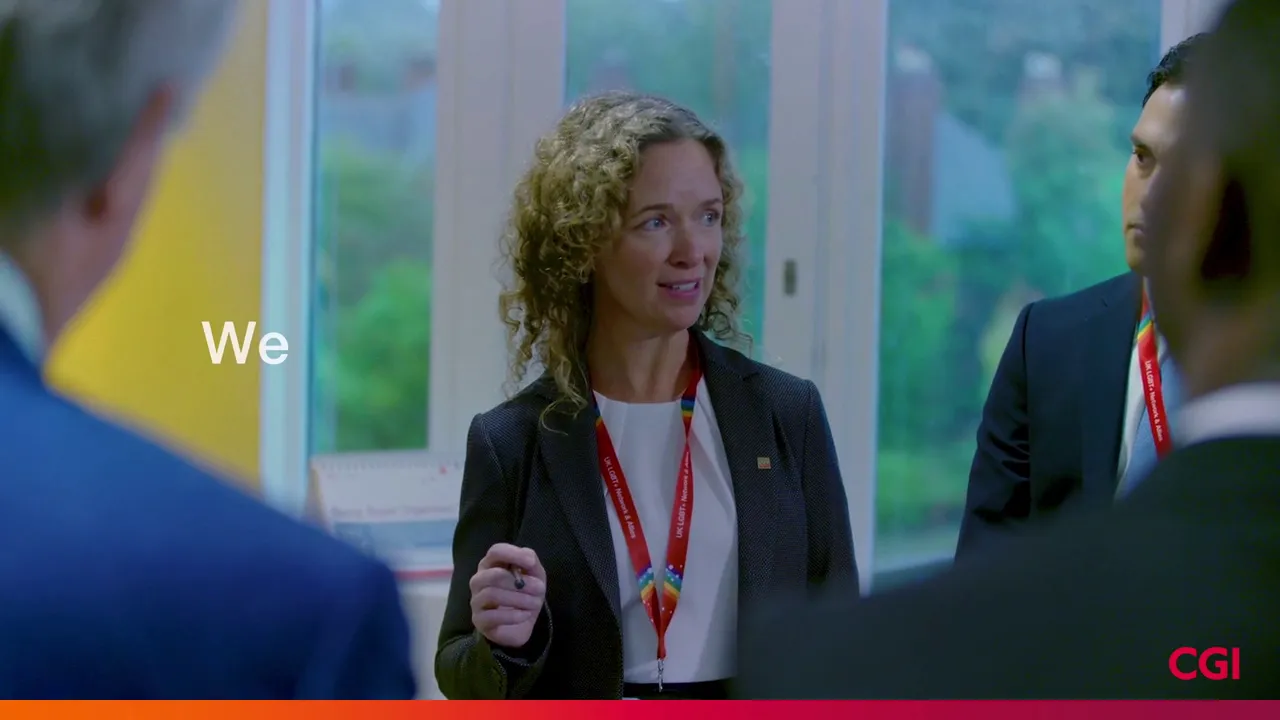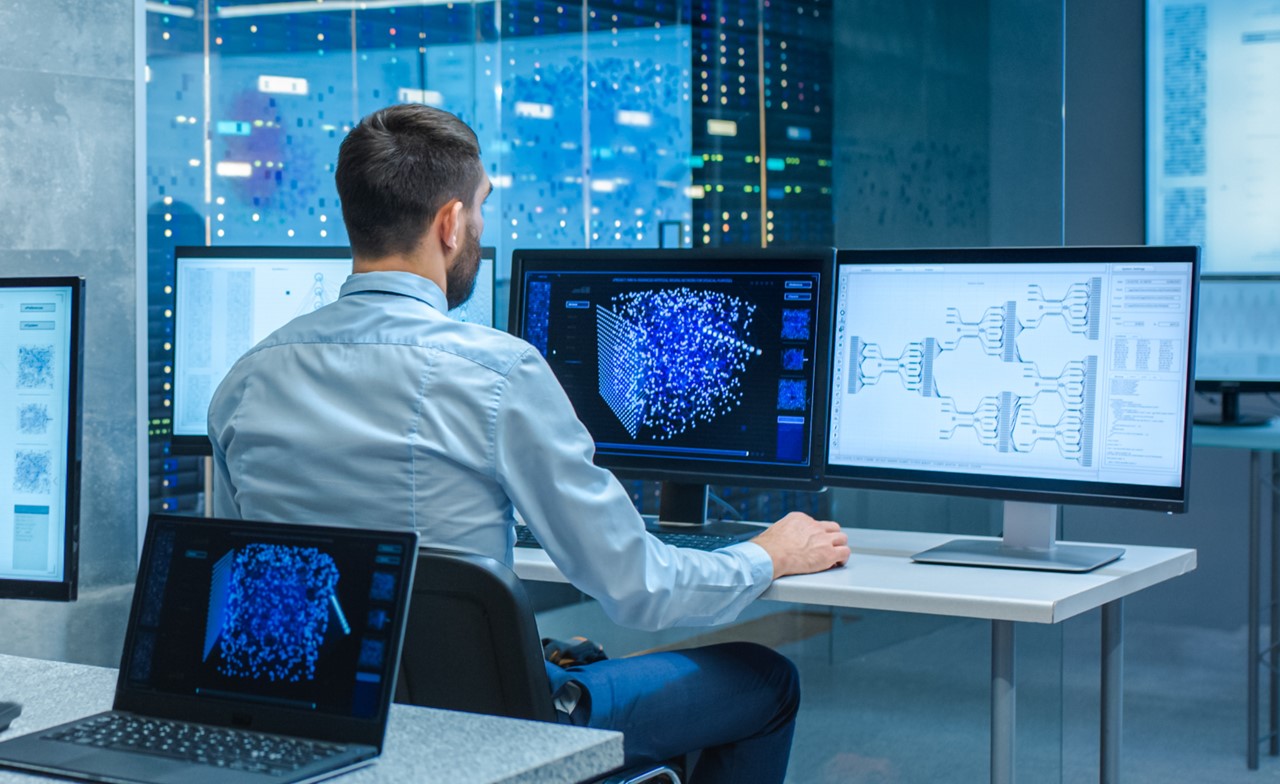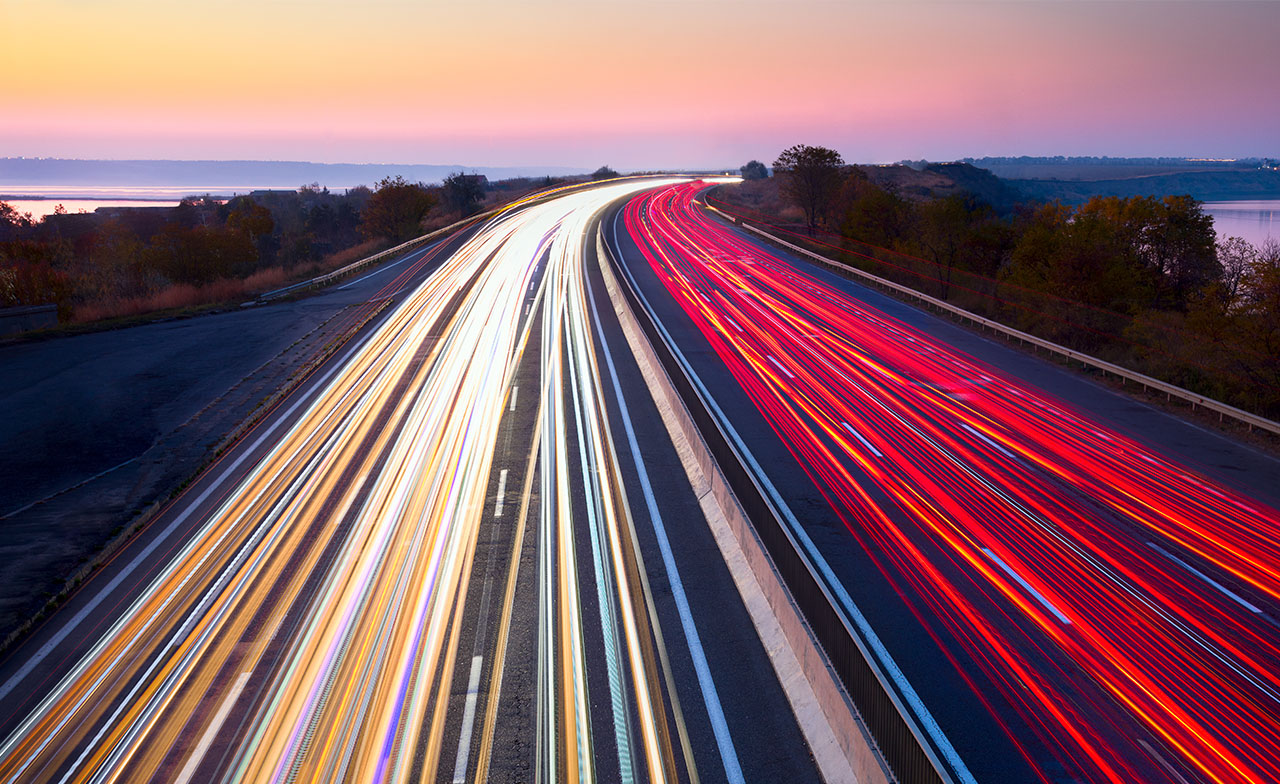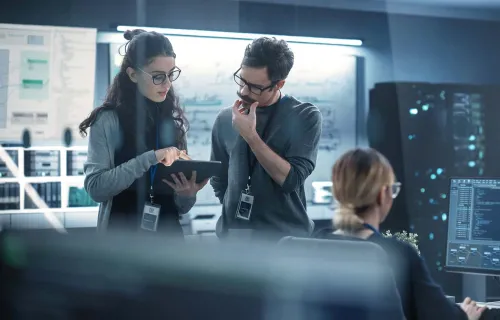As the Global Industry Lead for manufacturing, Helena Jochberger is responsible for the strategic design, development and direction of CGI’s global manufacturing portfolio.
Coen
Huesmann
leads
CGI’s
Manufacturing
Center
of
Excellence
(CoE)
in
the
Netherlands
and
a
broad
team
of
industry
and
technology
experts.
With
extensive
international
management
experience
in
Lean,
smart
manufacturing
and
supply
chain
management,
Coen
helps
global
manufacturers
bridge
their
...
As
Vice-President,
Consulting
Expert
for
CGI
in
The
Netherlands,
Marcel
Mourits
helps
CGI’s
manufacturing
clients
transform
their
supply
chains
and
ecosystems
using
data,
analytics
and
artificial
intelligence
(AI).
In
this
role,
Marcel
drives
discussions
and
decision-making
on
manufacturing
strategies
at
...
Dilip
is
a
senior
executive
with
more
than
25
years
of
experience
in
business
technology
consulting.
He
currently
leads
consulting
services
for
manufacturing
and
retail
clients
within
CGI’s
U.
S.
East
operations.
In
his
role,
Dilip
advises
and
guides
...












